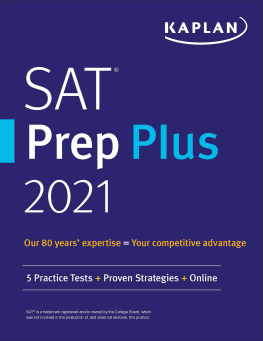Table of Contents
Guide
Page List

Editor-in-Chief
Alexandra Strelka, MA
Contributing Editors
Dr. Brandon Deason, MD; M. Dominic Eggert; Kathryn Sollenberger, MEd; Glen Stohr, JD
Special thanks to our faculty authors and reviewers
Michael Collins; John Evans; Jack Hayes; Jo LAbbate; Bird Marathe; Melissa McLaughlin; Gail Rivers; Gordon Spector; Bonnie Wang; and Ethan Weber
Additional special thanks to
Matthew Callan; Paula L. Fleming, MA, MBA; Joanna Graham; Adam Grey;
Rebecca Knauer; Michael Wolff; and the countless others who made this project possible
SAT is a registered trademark of the College Board, which was not involved in the production of, and does not endorse, this product.
This publication is designed to provide accurate information in regard to the subject matter covered as of its publication date, with the understanding that knowledge and best practice constantly evolve. The publisher is not engaged in rendering medical, legal, accounting, or other professional service. If medical or legal advice or other expert assistance is required, the services of a competent professional should be sought. This publication is not intended for use in clinical practice or the delivery of medical care. To the fullest extent of the law, neither the publisher nor the editors assume any liability for any injury and/or damage to persons or property arising out of or related to any use of the material contained in this book.
2020 Kaplan, Inc.
Published by Kaplan Publishing, a division of Kaplan, Inc.
750 Third Avenue
New York, NY 10017
All rights reserved under International and Pan-American Copyright Conventions. By payment of the required fees, you have been granted the non-exclusive, non-transferable right to access and read the text of this eBook on screen. No part of this text may be reproduced, transmitted, downloaded, decompiled, reverse engineered, or stored in or introduced into any information storage and retrieval system, in any form or by any means, whether electronic or mechanical, now known or hereinafter invented, without the express written permission of the publisher.
ISBN: 978-1-5062-7440-9
TABLE OF CONTENTS
This book will help you prepare for the first two sections of the SAT: the Reading Test and the Writing and Language Test. Your scores from each of these two tests will range from 1040. These scores will be summed and then scaled to a 200800 score. The result will be your Evidence-Based Reading and Writing score.
Start by becoming familiar with the structure of these sections. Then work your way through the chapters of this book and do as many of the practice sets as you have time for between now and test day. Be sure to review the explanations carefully. (Review them even for questions you got right, to make sure your reasoning is sound.) As your test date approaches, take the Reading Test and Writing and Language Test found at the end of this book. Do this in a quiet environment and use the indicated timing guidelines. Again, be sure to review the explanations to reinforce what youve learned.
If youre still looking for more practice questions once youve finished the question sets in this book, go online at kaptest.com/moreonline.
The SAT Reading Test
The SAT Reading Test will focus on your comprehension and reasoning skills when you are presented with challenging extended prose passages taken from a variety of content areas.
| SAT Reading Test Overview |
| Timing | 65 minutes |
| Questions | 52 passage-based multiple-choice questions |
| Passages | 4 single passages; 1 set of paired passages |
| Passage Length | 500750 words per passage or passage set |
Passages will draw from U.S. and World Literature, History/Social Studies, and Science. One set of History/Social Studies or Science passages will be paired. History/Social Studies and Science passages can also be accompanied by graphical representations of data such as charts, graphs, and tables.
| Reading Test Passage Types |
| U.S. and World Literature | 1 passage with 10 questions |
| History/Social Studies | 2 passages or 1 passage and 1 paired-passage set with 1011 questions each |
| Science | 2 passages or 1 passage and 1 paired-passage set with 1011 questions each |
The SAT Writing and Language Test
The SAT Writing and Language Test will focus on your ability to revise and edit text from a range of content areas.
| SAT Writing and Language Test Overview |
| Timing | 35 minutes |
| Questions | 44 passage-based, multiple-choice questions |
| Passages | 4 single passages with 11 questions each |
| Passage Length | 400450 words per passage |
The SAT Writing and Language Test will contain four single passages, one from each of the following subject areas: Careers, Humanities, History/Social Studies, and Science.
| Writing and Language Passage Types |
| Careers | Hot topics in major fields of work, such as information technology and health care |
| Humanities | Texts about literature, art, history, music, and philosophy pertaining to human culture |
| History/Social Studies | Discussion of historical or social sciences topics such as anthropology, communication studies, economics, education, human geography, law, linguistics, political science, psychology, and sociology |
| Science | Exploration of concepts, findings, and discoveries in the natural sciences including Earth science, biology, chemistry, and physics |
Elimination and Guessing
Note that there is no penalty for guessing on the SAT, so it is in your best interest to answer every question. Ideally, taking a strategic guess means eliminating one or more choices and guessing from the rest to boost your chances of getting the question correct. However, if you are pressed for time, taking a guess on a potentially time-consuming questioneven without eliminating any of the choicescan help you get to more questions and get more points out of a section.
The SAT Reading section consists of five passages with a total of 52 questions based on them. Youll have 65 minutes to complete the section, which means that in order to answer all the questions, youll need to complete each passage and its associated question set in about 13 minutes. Some passages will be longer (and thus more time-consuming) than others, but 13 minutes per passage should be your average pace.
Each SAT Reading passage is accompanied by 10 or 11 questions. Two or three of the questions may ask about the passage as a whole. The others will ask about specific paragraphs, details, or other elements within the passage. Youll need to use deliberate reading strategies to answer all of the questions quickly and accurately, with a minimum of rereading.
Because the SAT Reading section often presents questions that can easily trip you up if you try to answer them from memory, and because some of the questions ask about the passage as a whole, the best reading strategy is one called passage mapping. Passage mapping means reading the passage fairly quickly, without trying to memorize every detail, while taking brief notes of the main features of each paragraph. Taking notes accomplishes two goals: it helps you focus on the most important points as you read, and it provides you with an outline that you can use to quickly zero in on the right part of the passage to revisit to find the details for a particular question. Once you have finished reading, take a moment to consider the

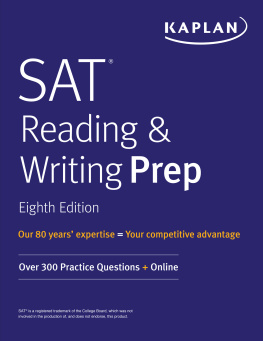
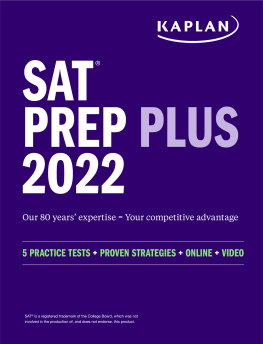


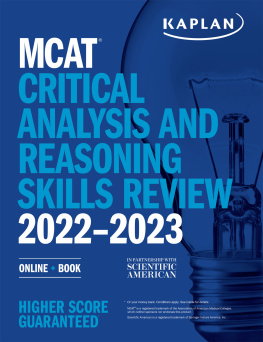

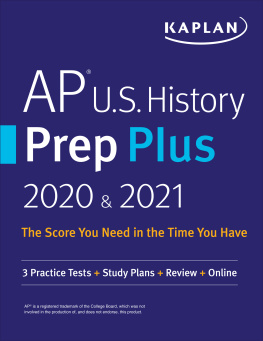

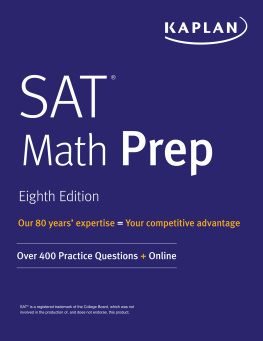

![ACT - The official ACT prep guide, [2018]: [the only official Prep Guide from the Makers of the ACT]](/uploads/posts/book/164684/thumbs/act-the-official-act-prep-guide-2018-the.jpg)
